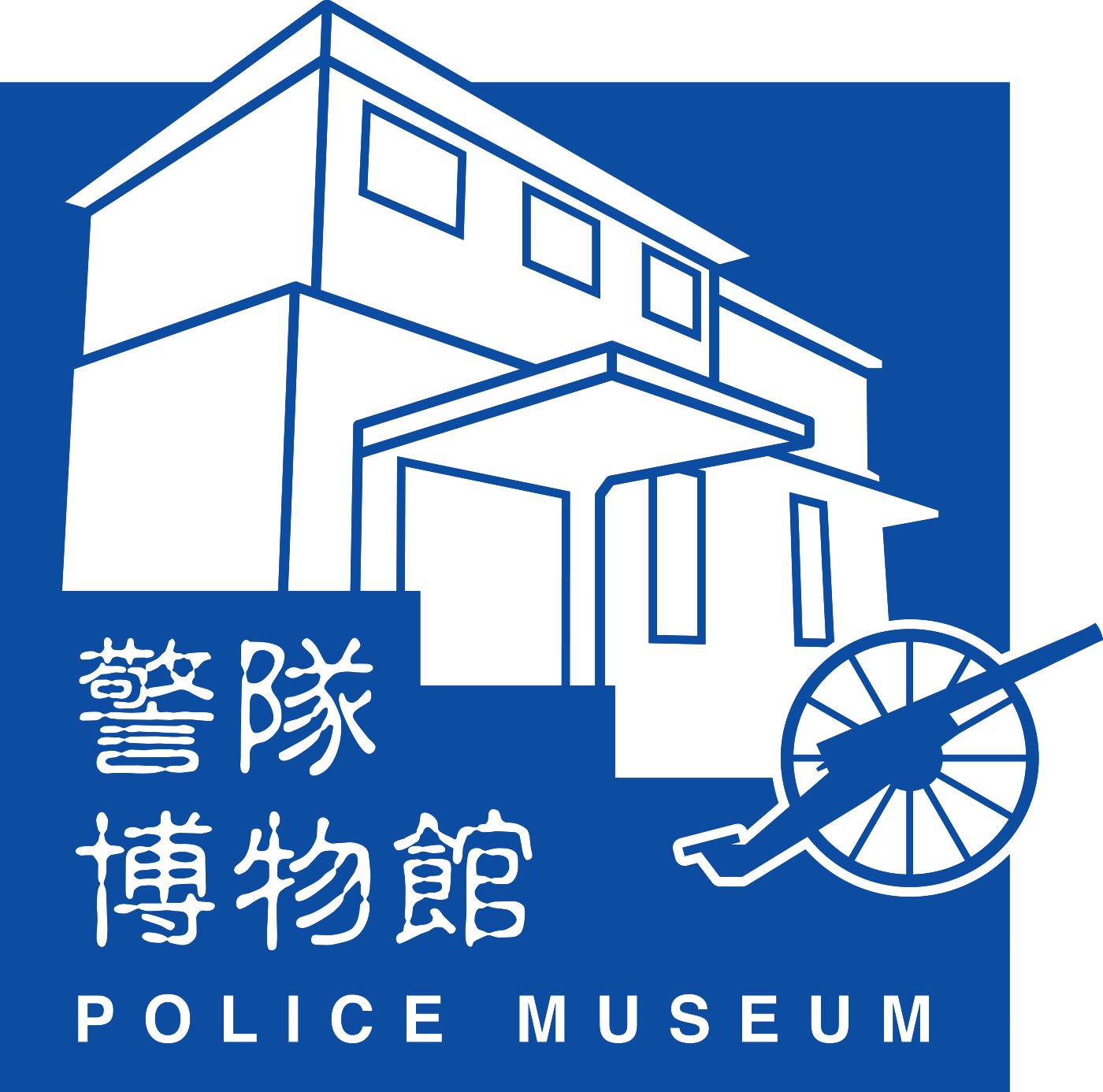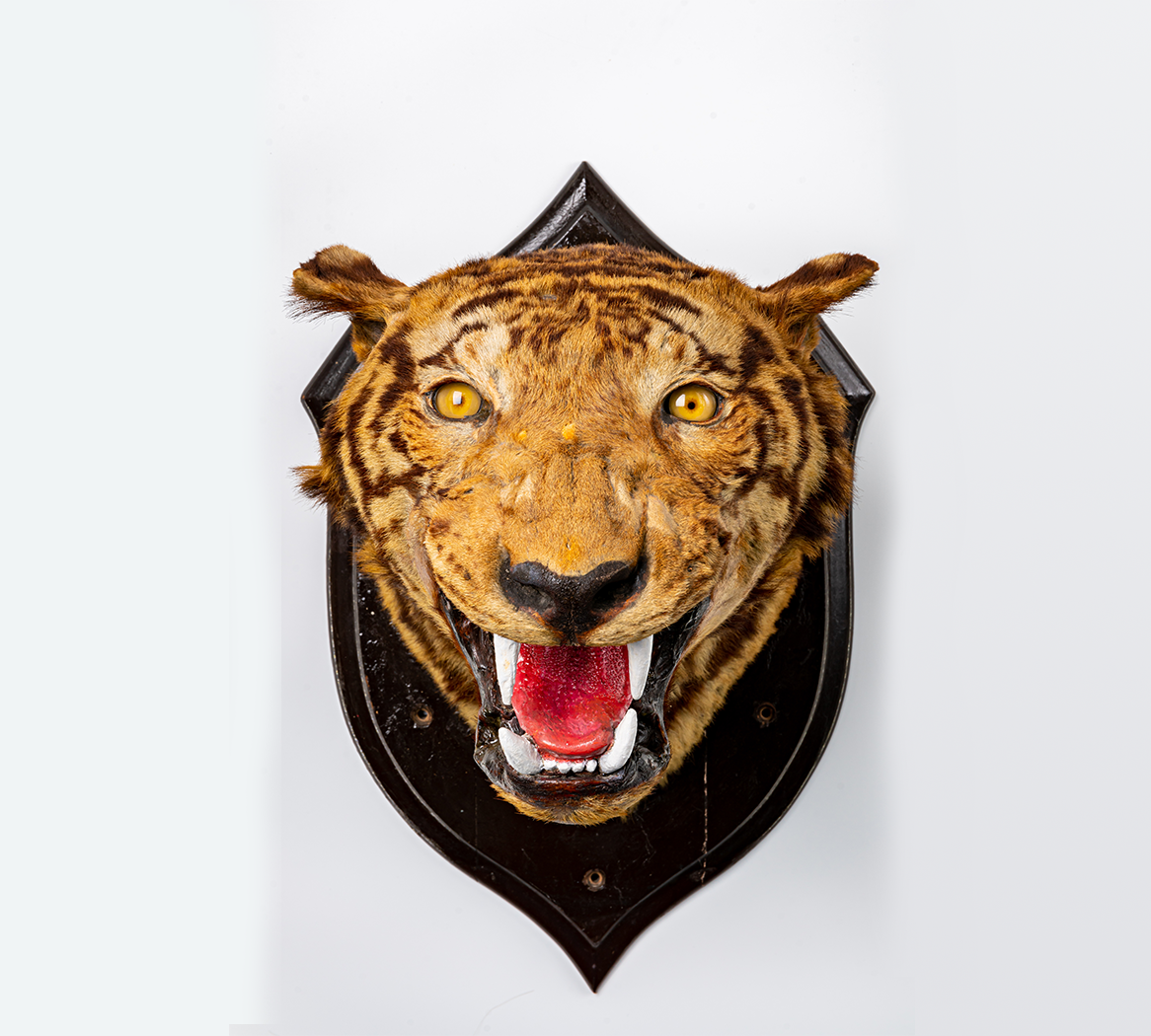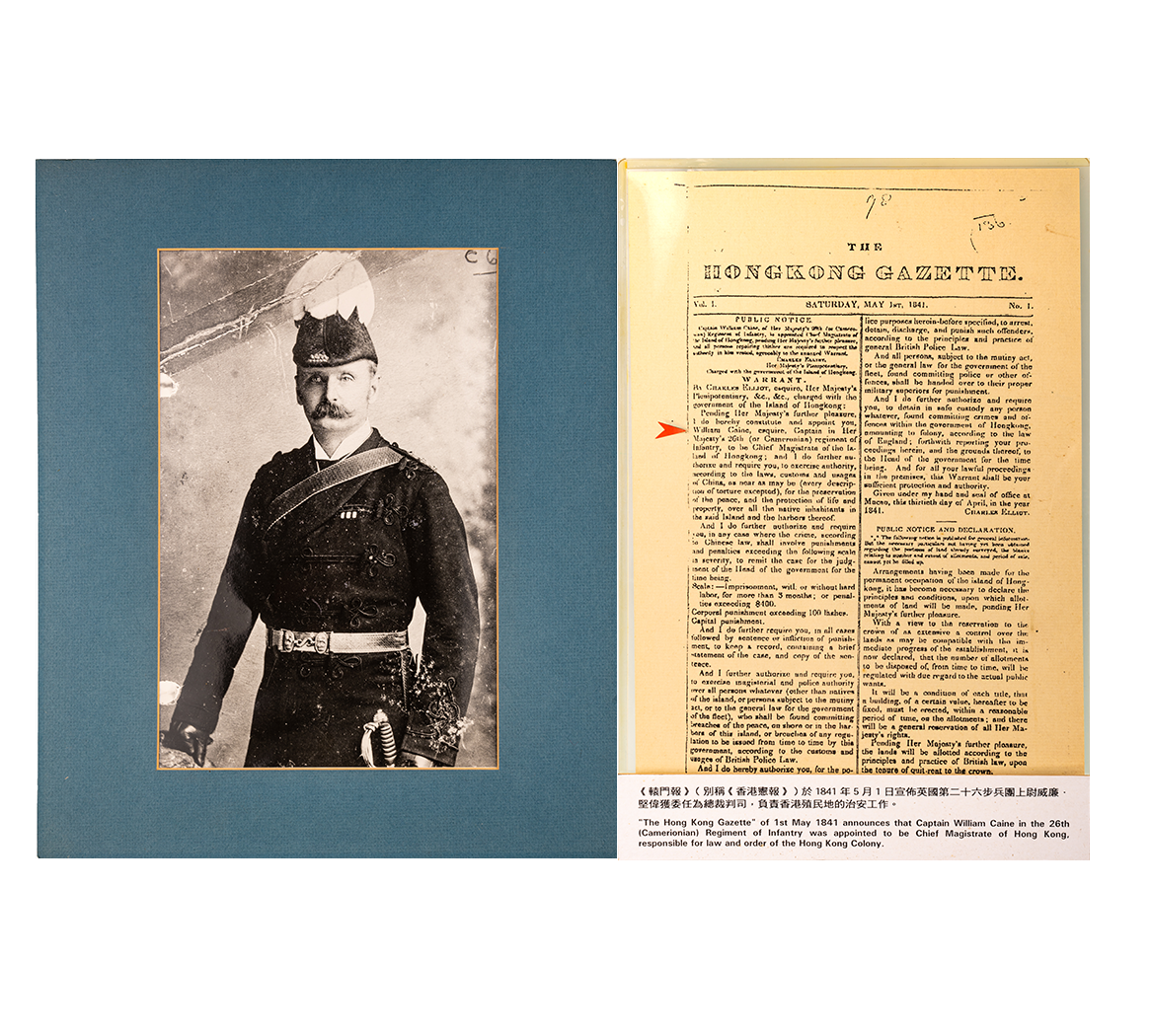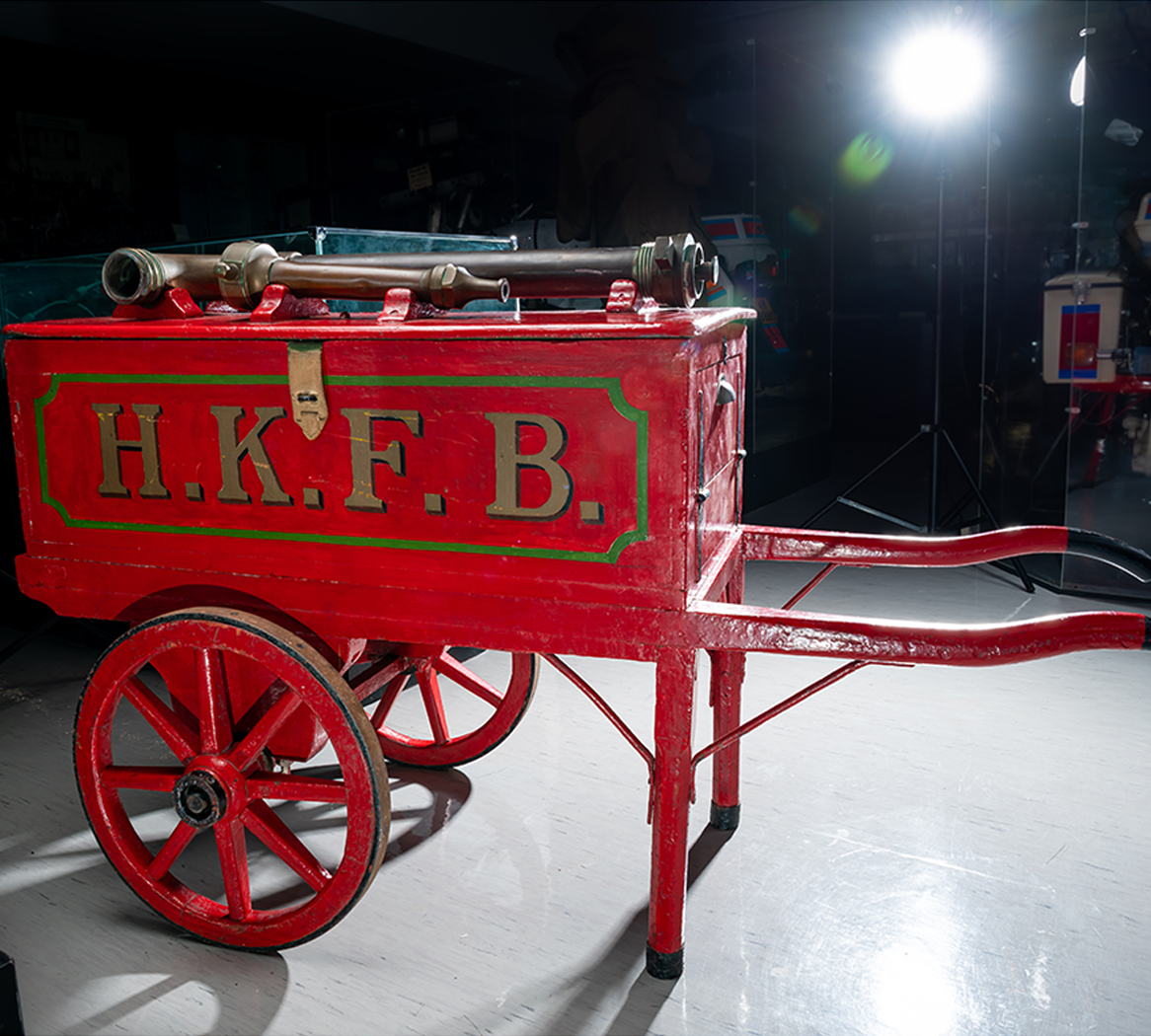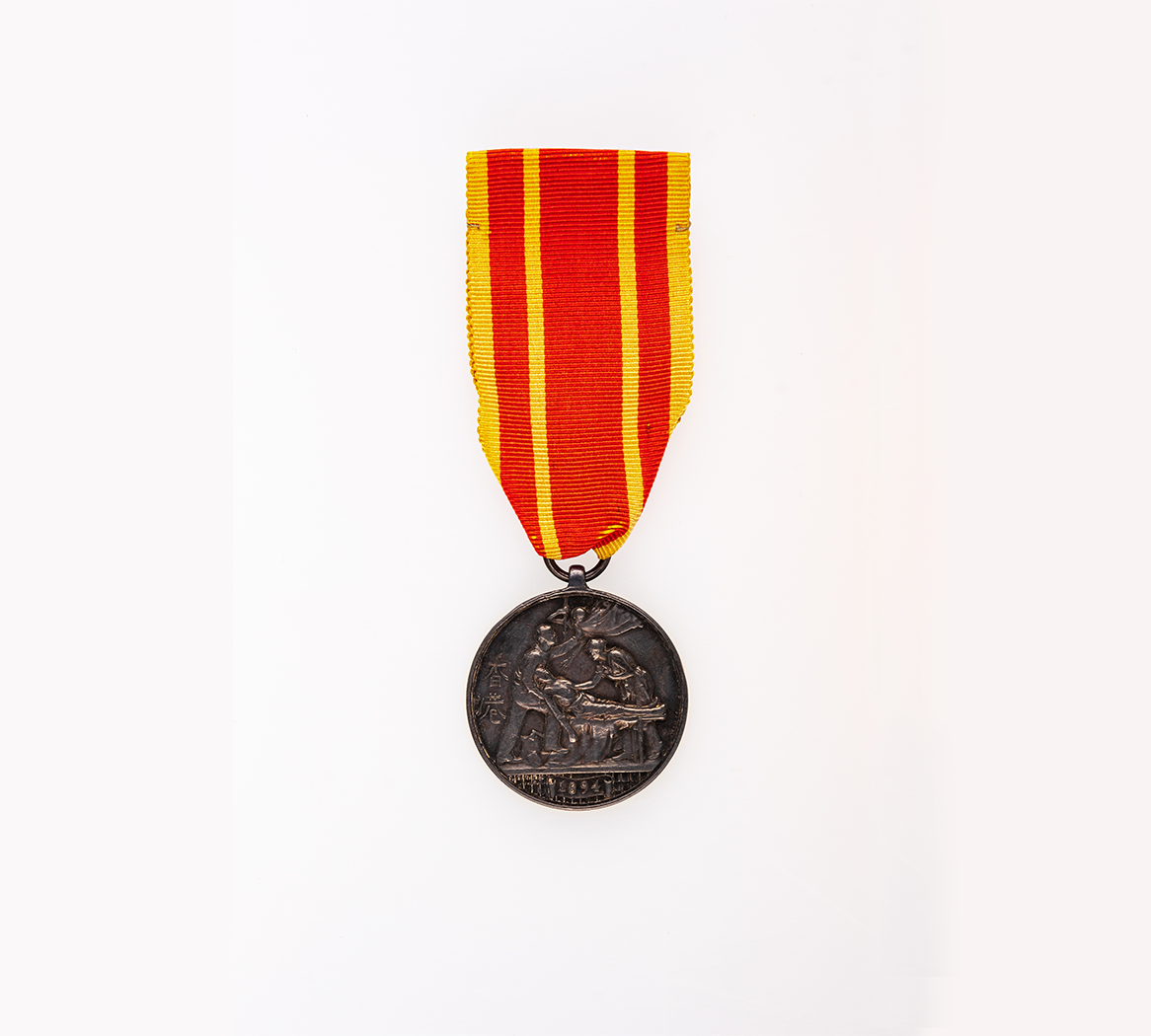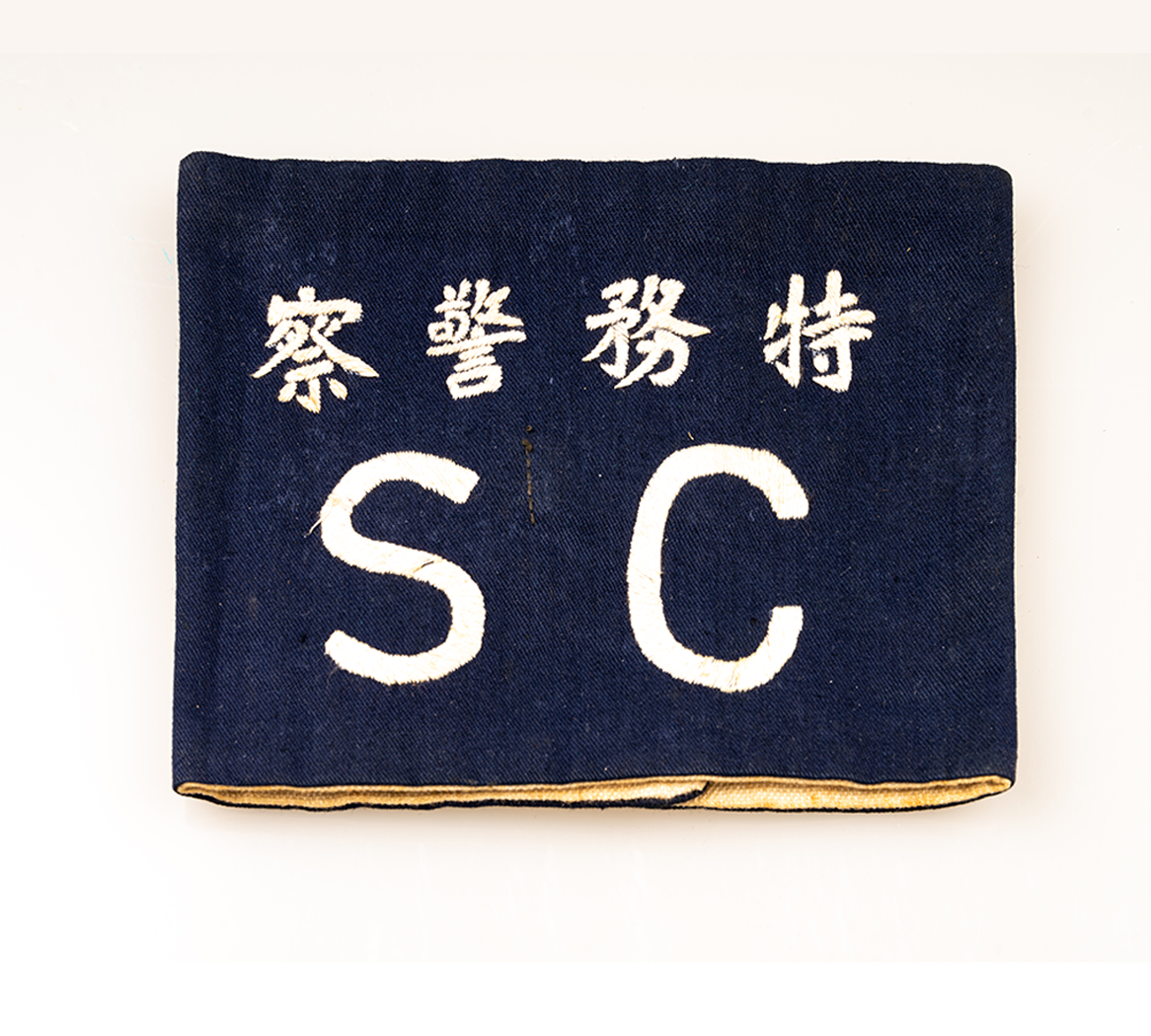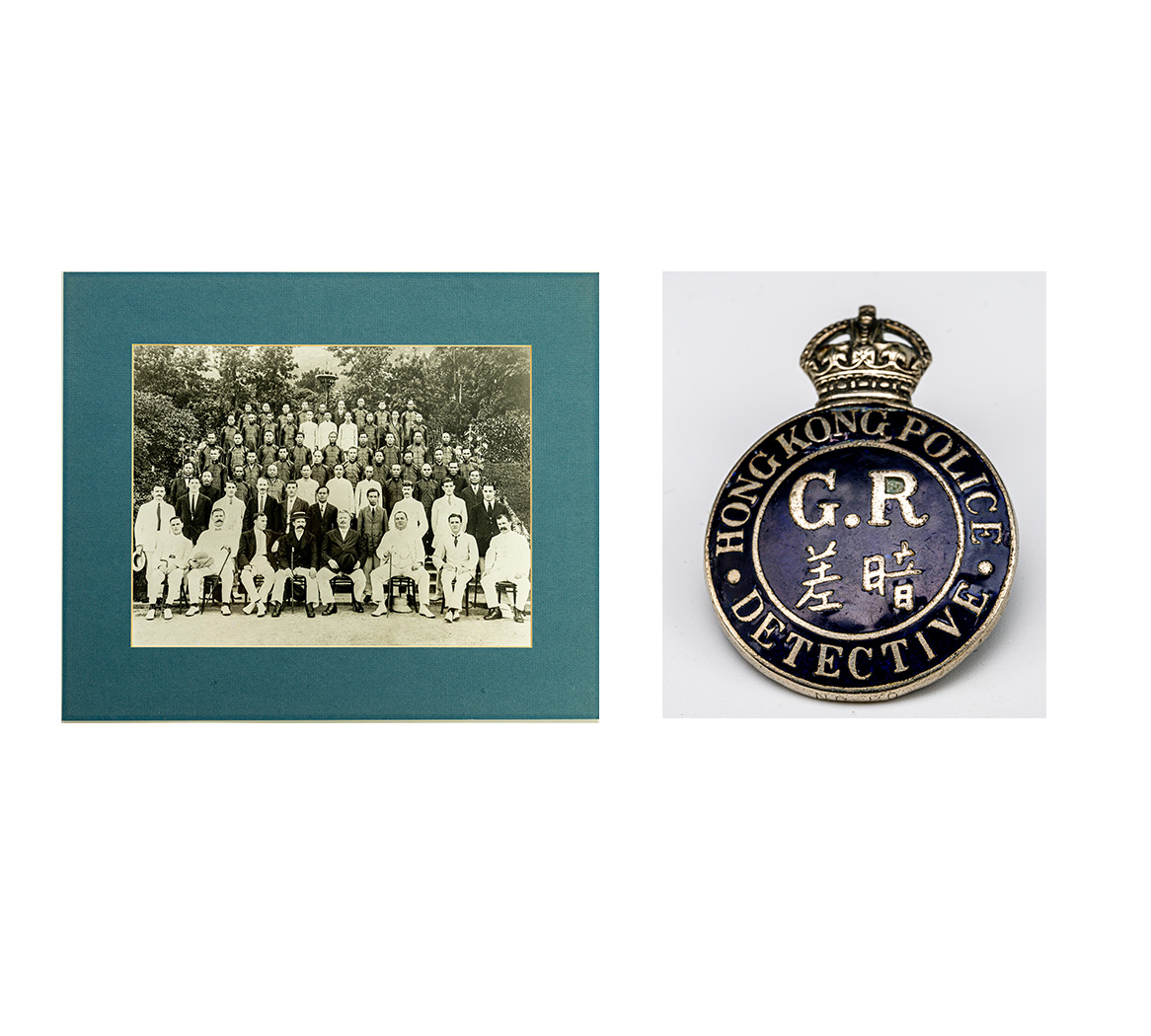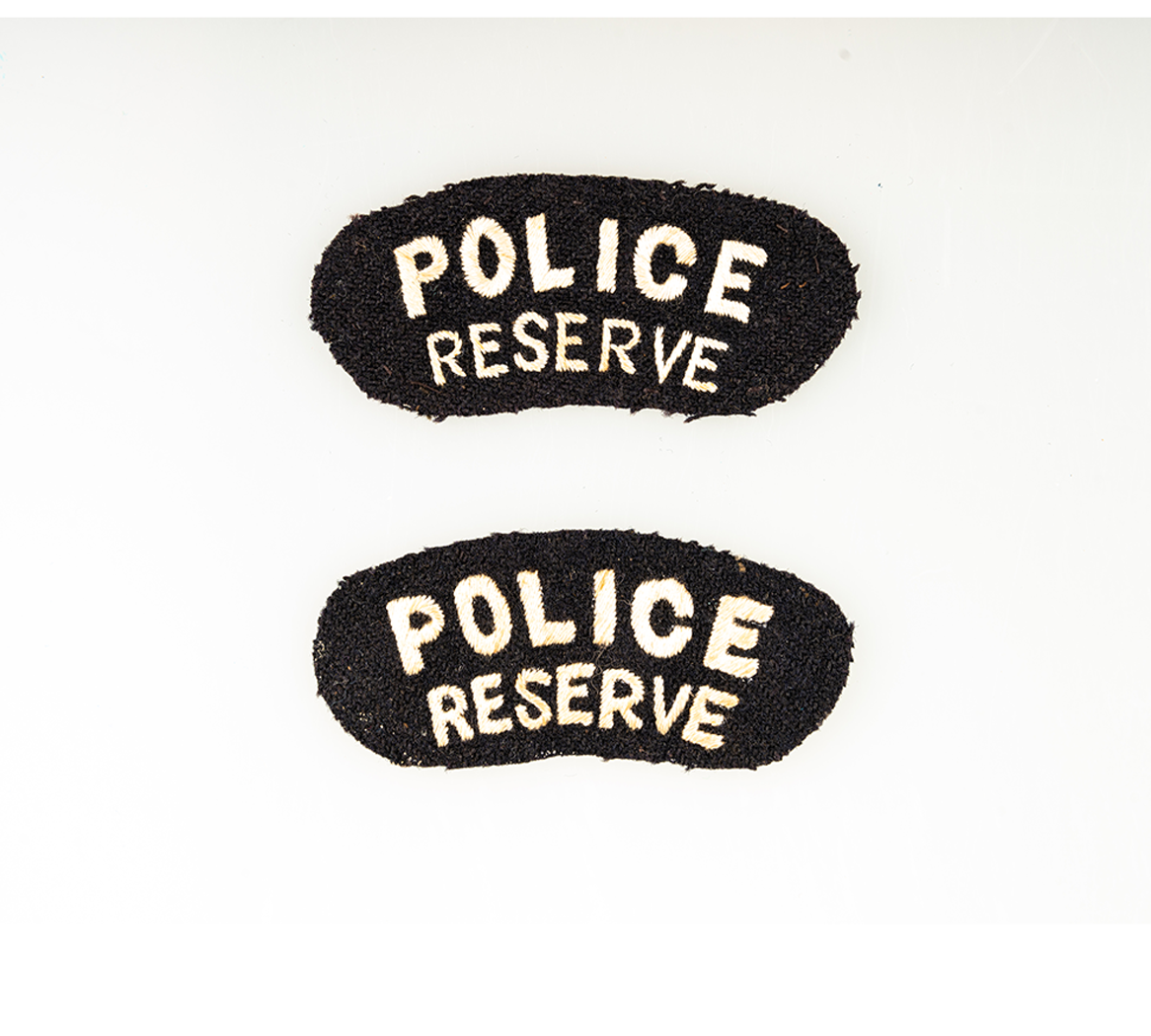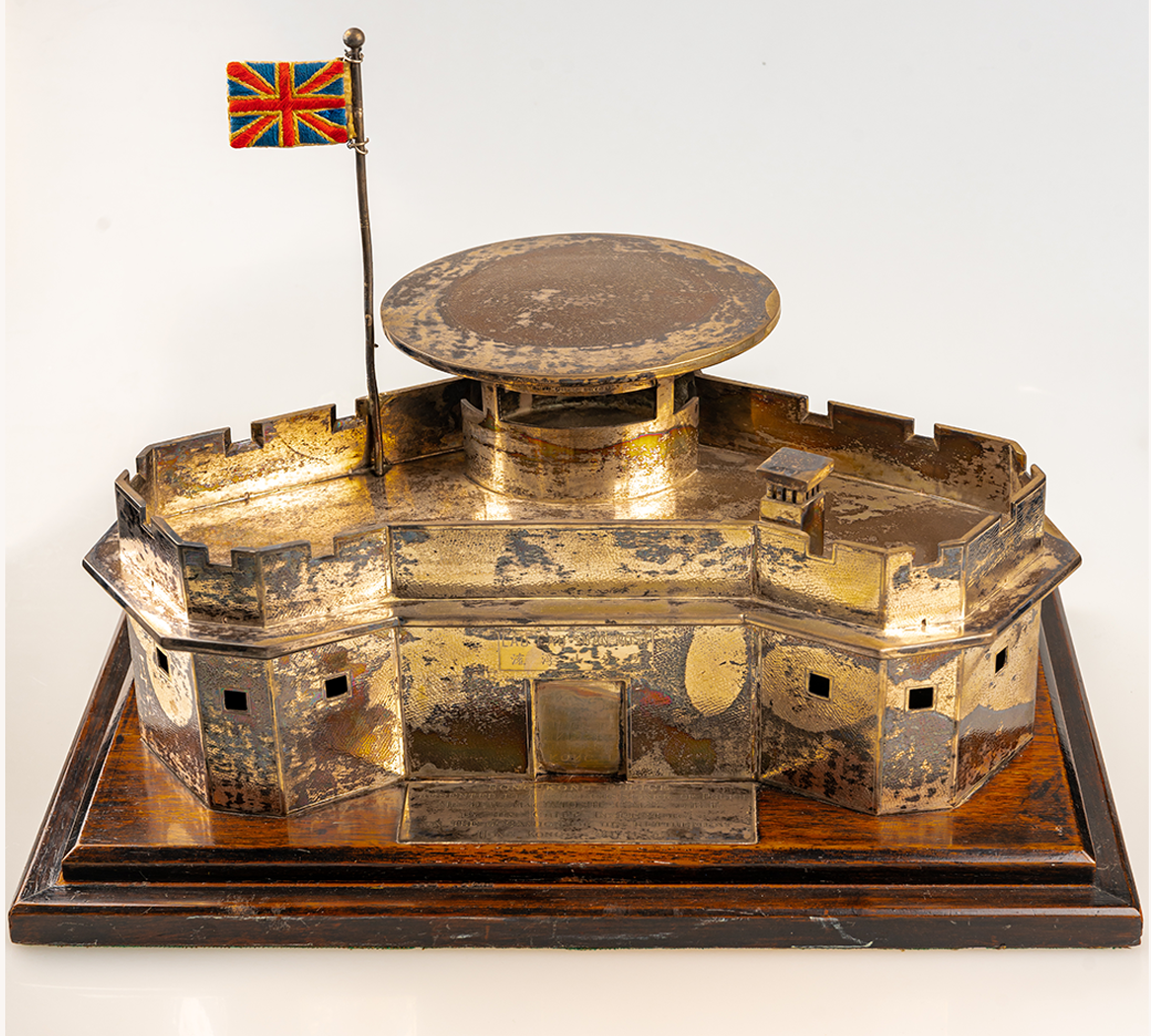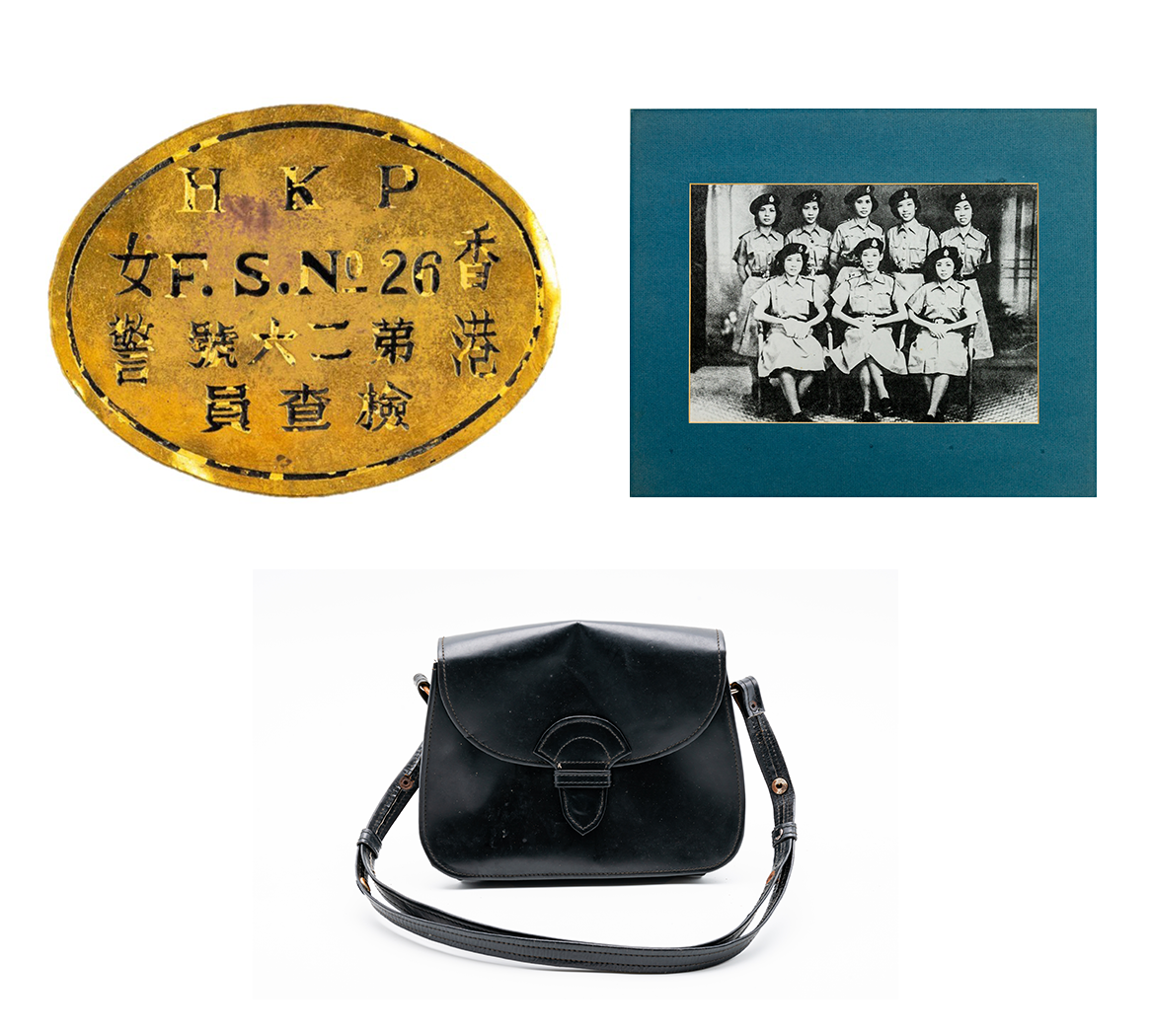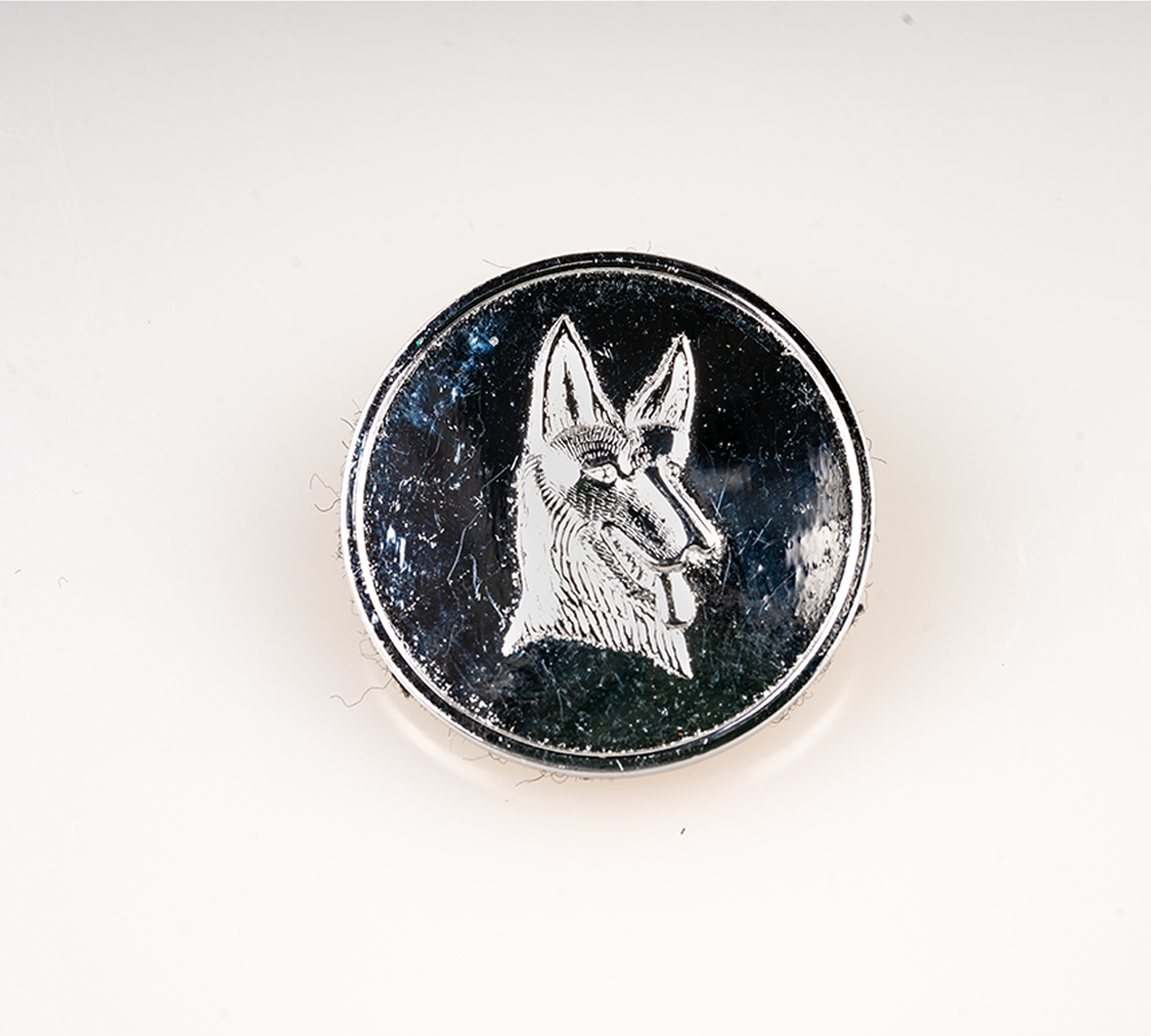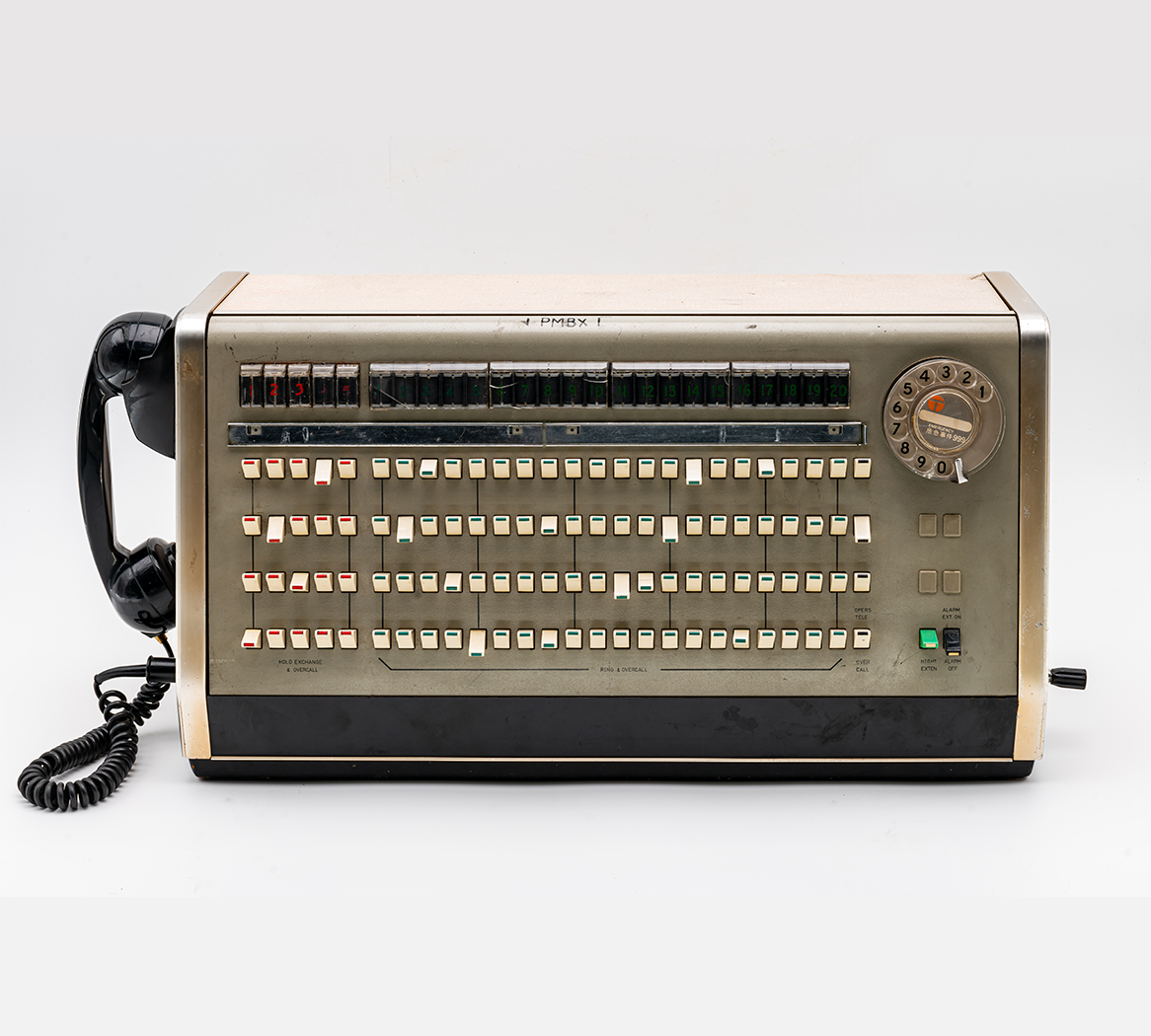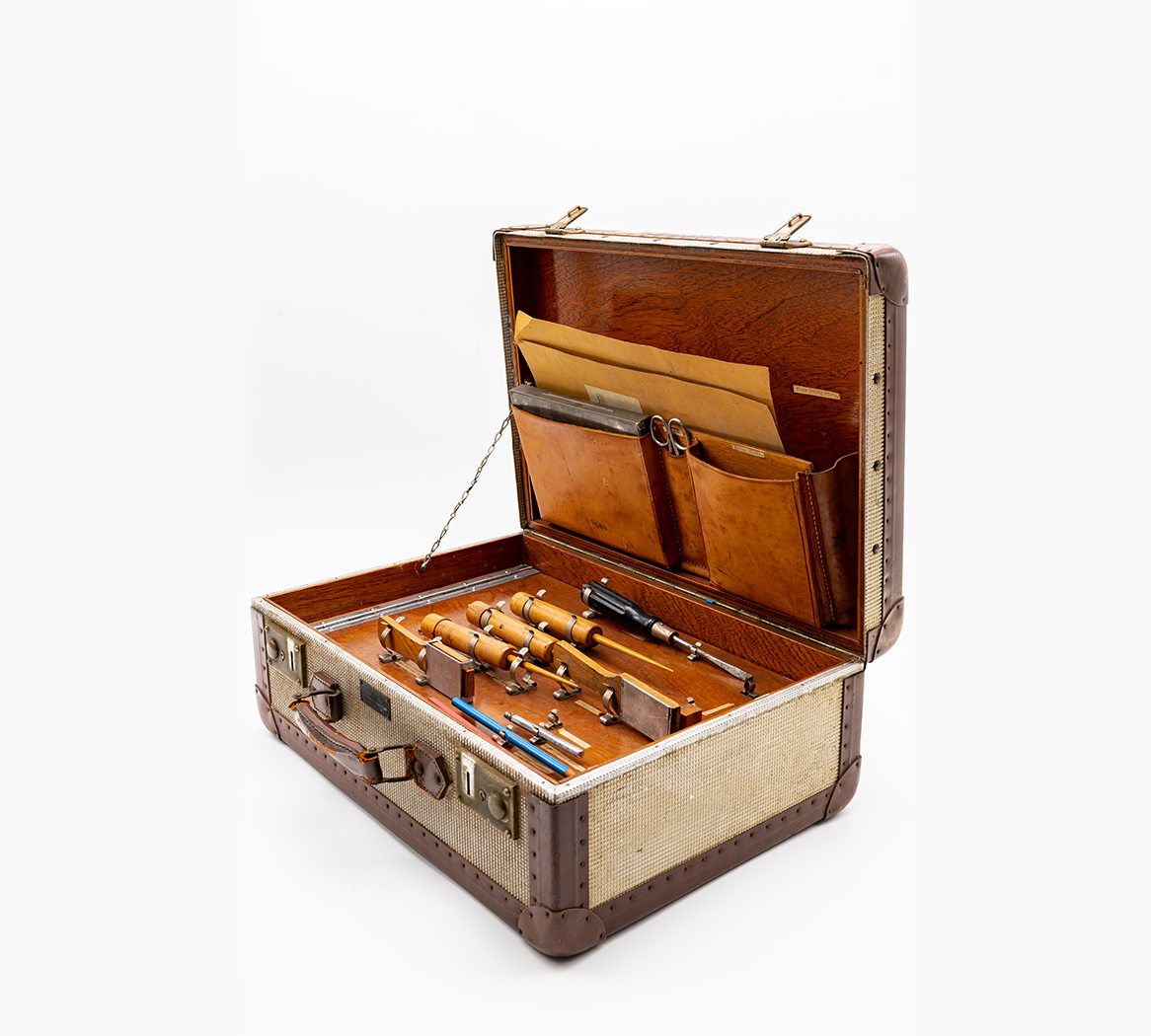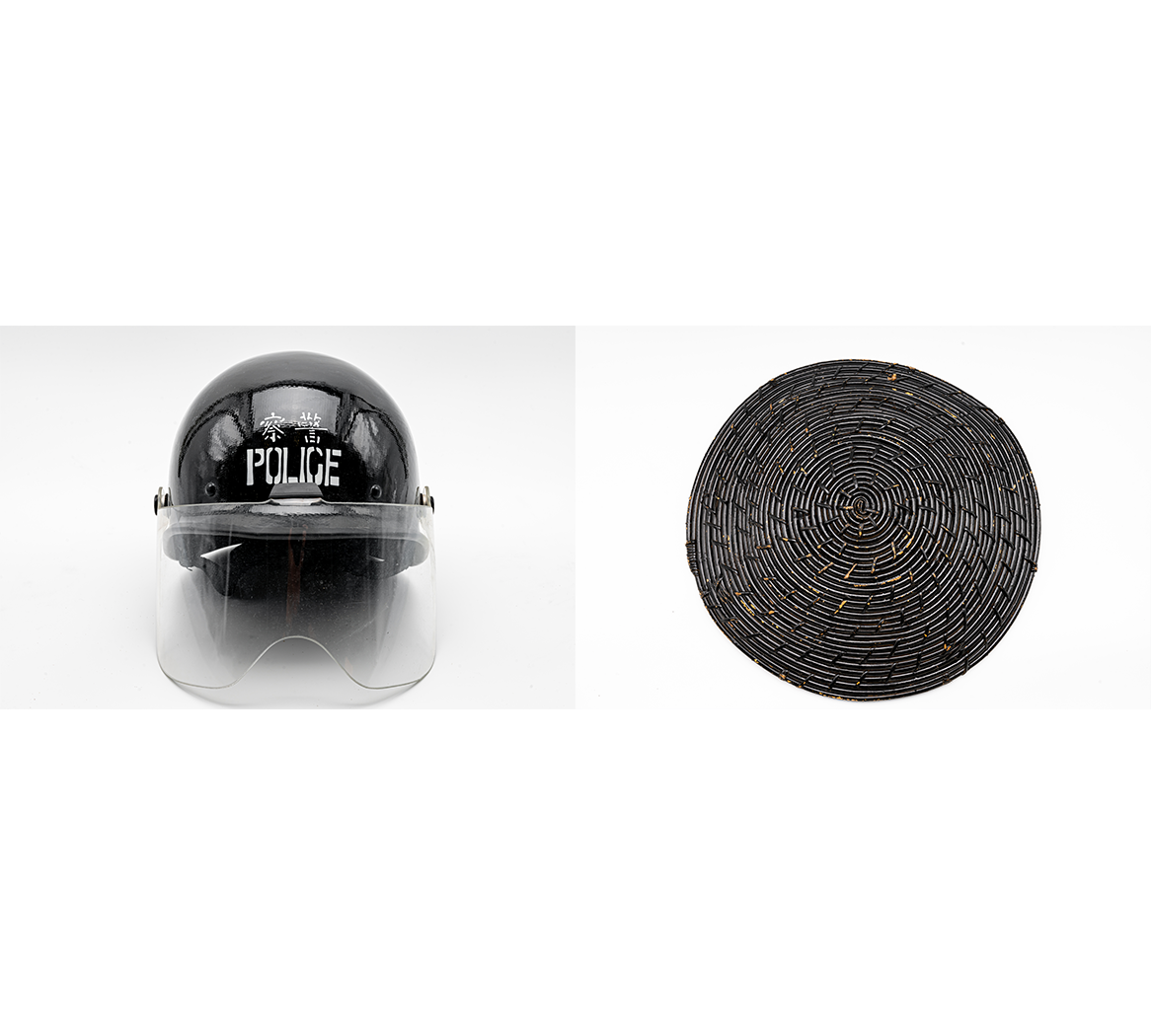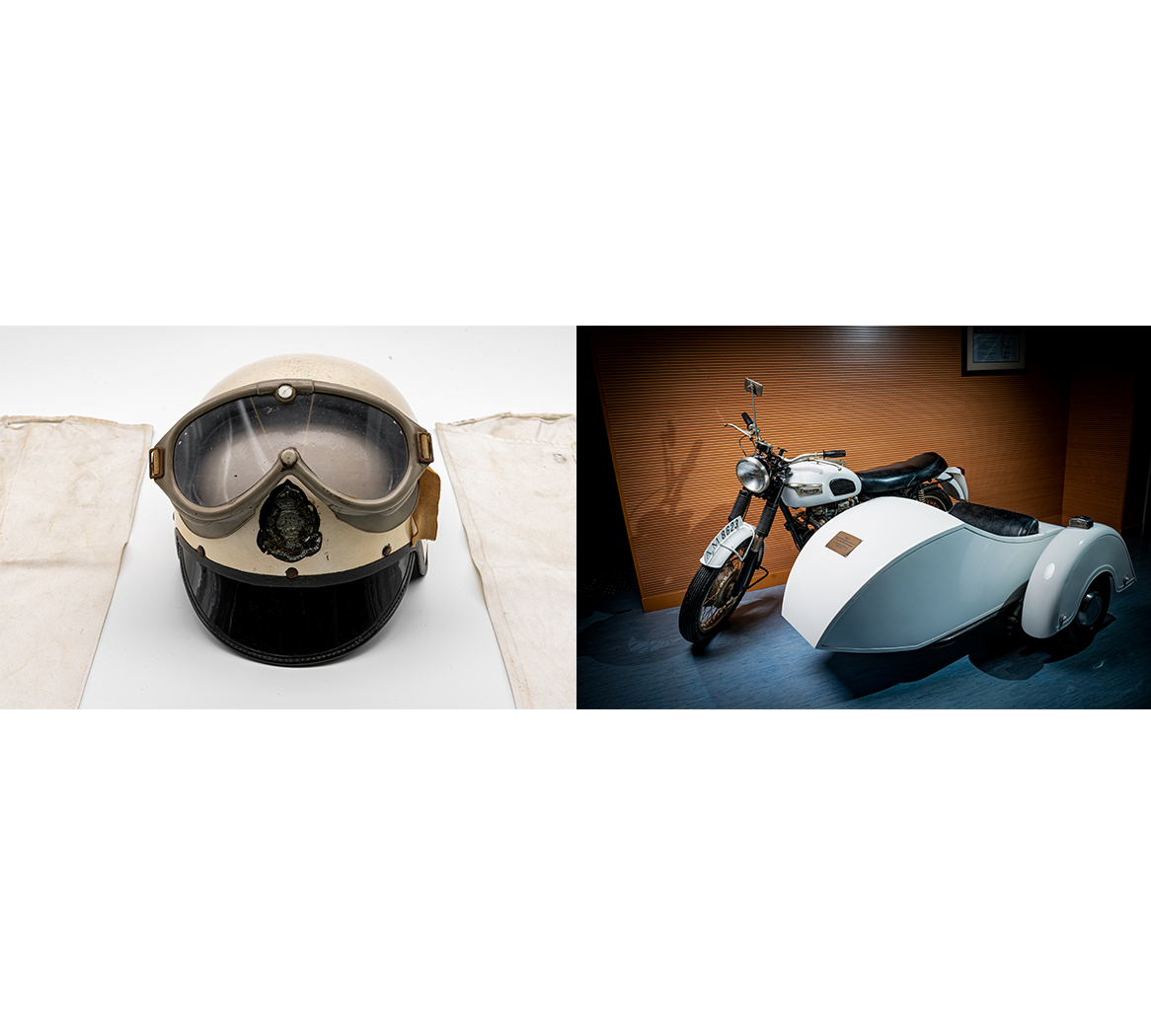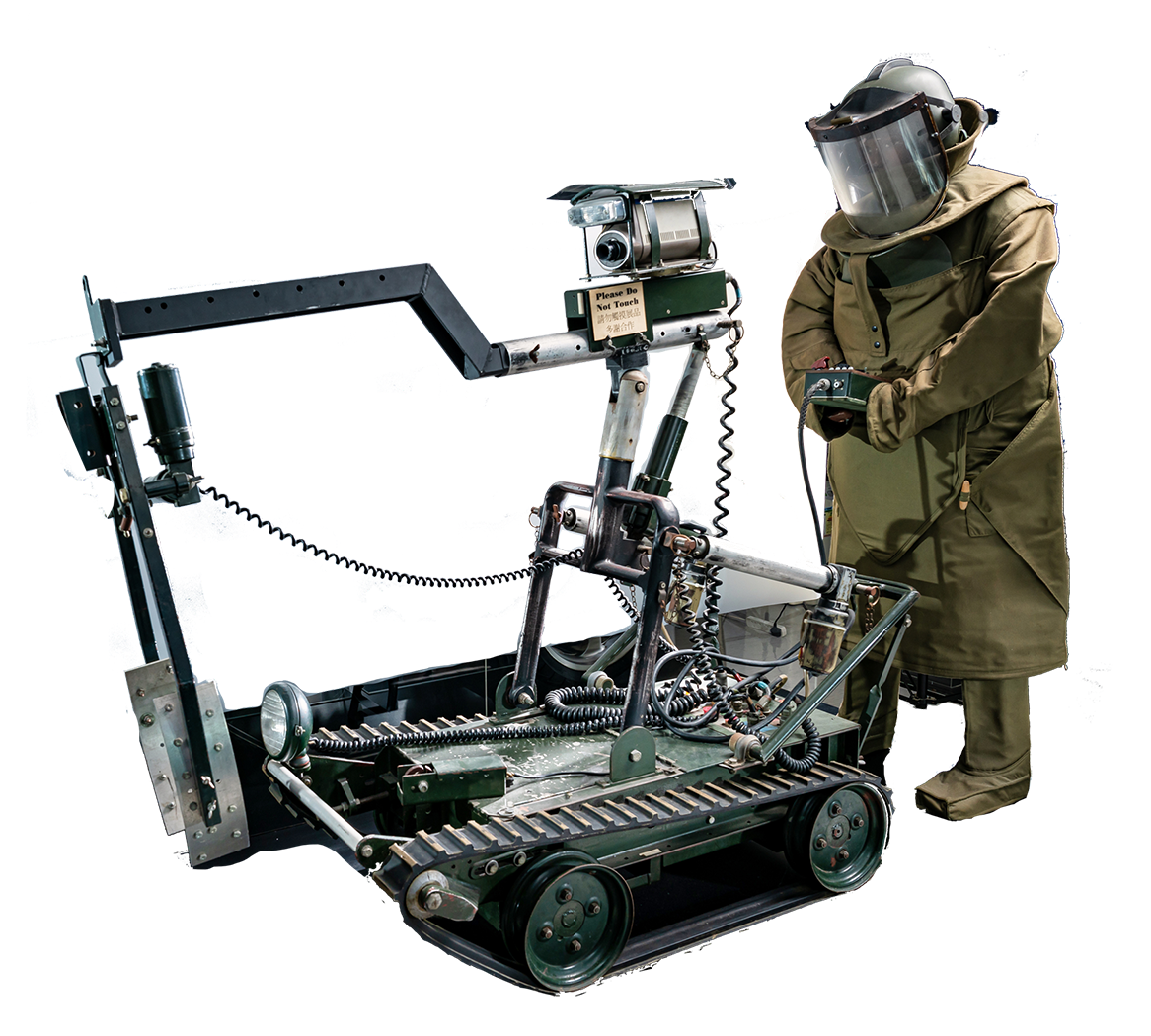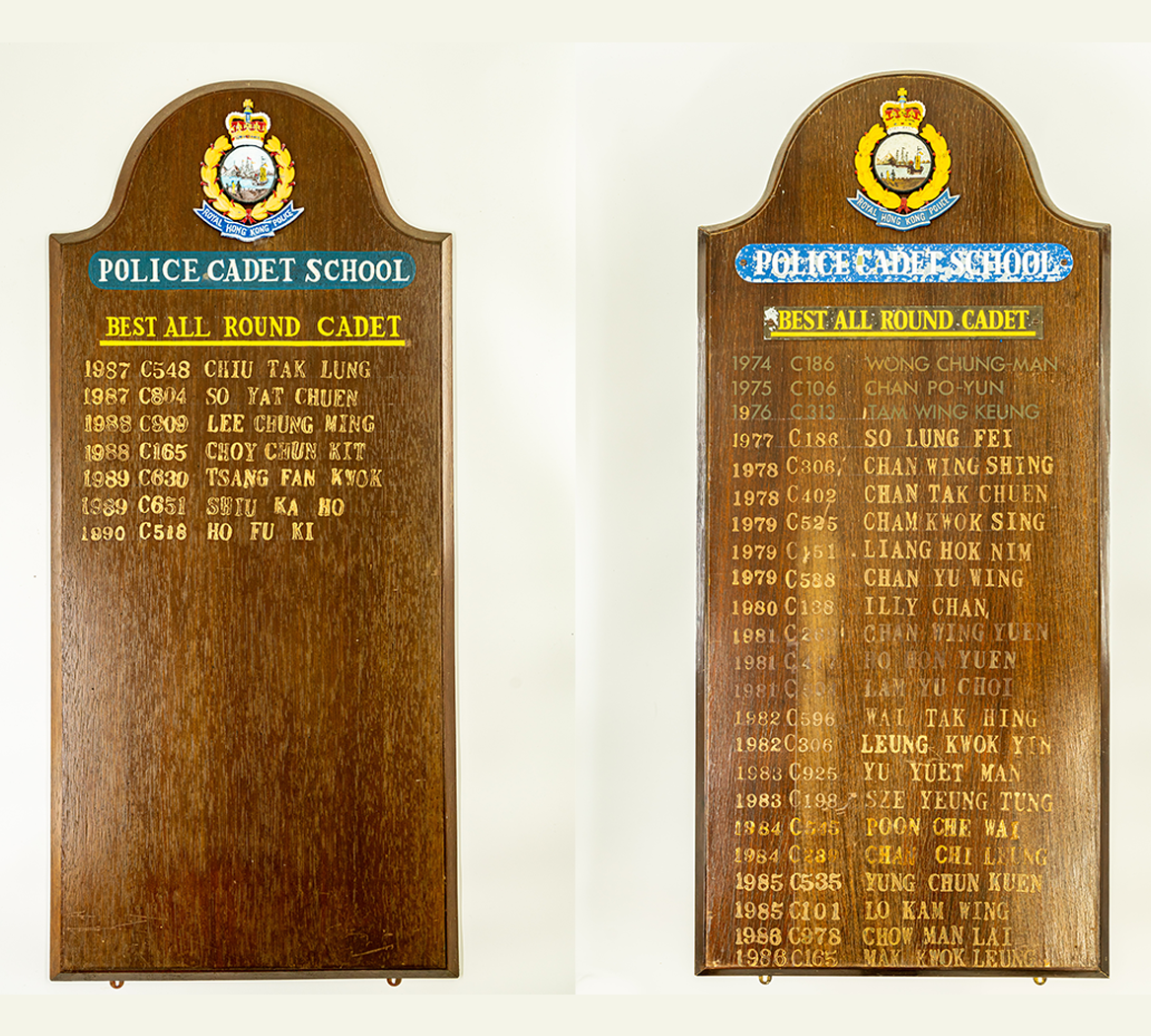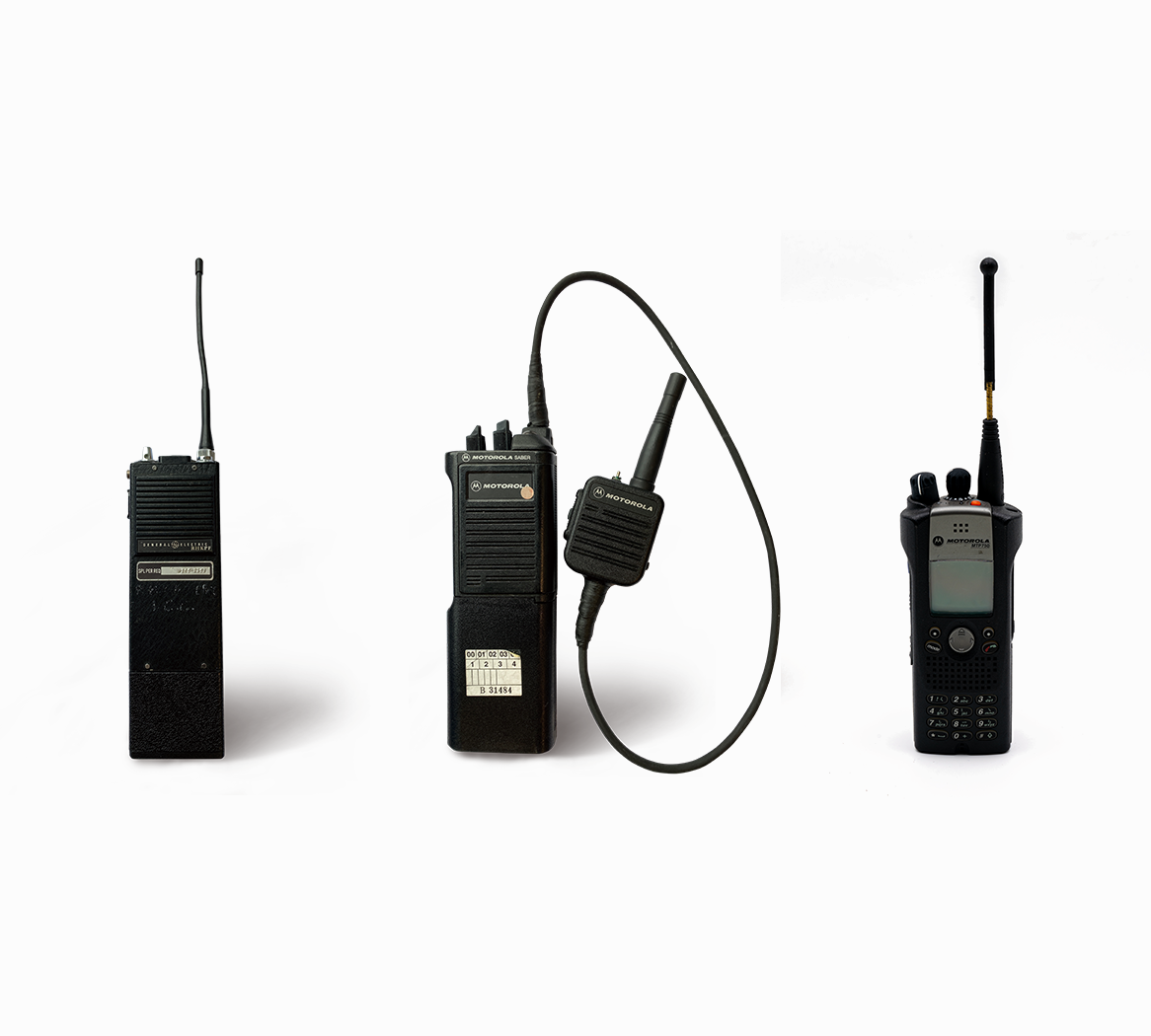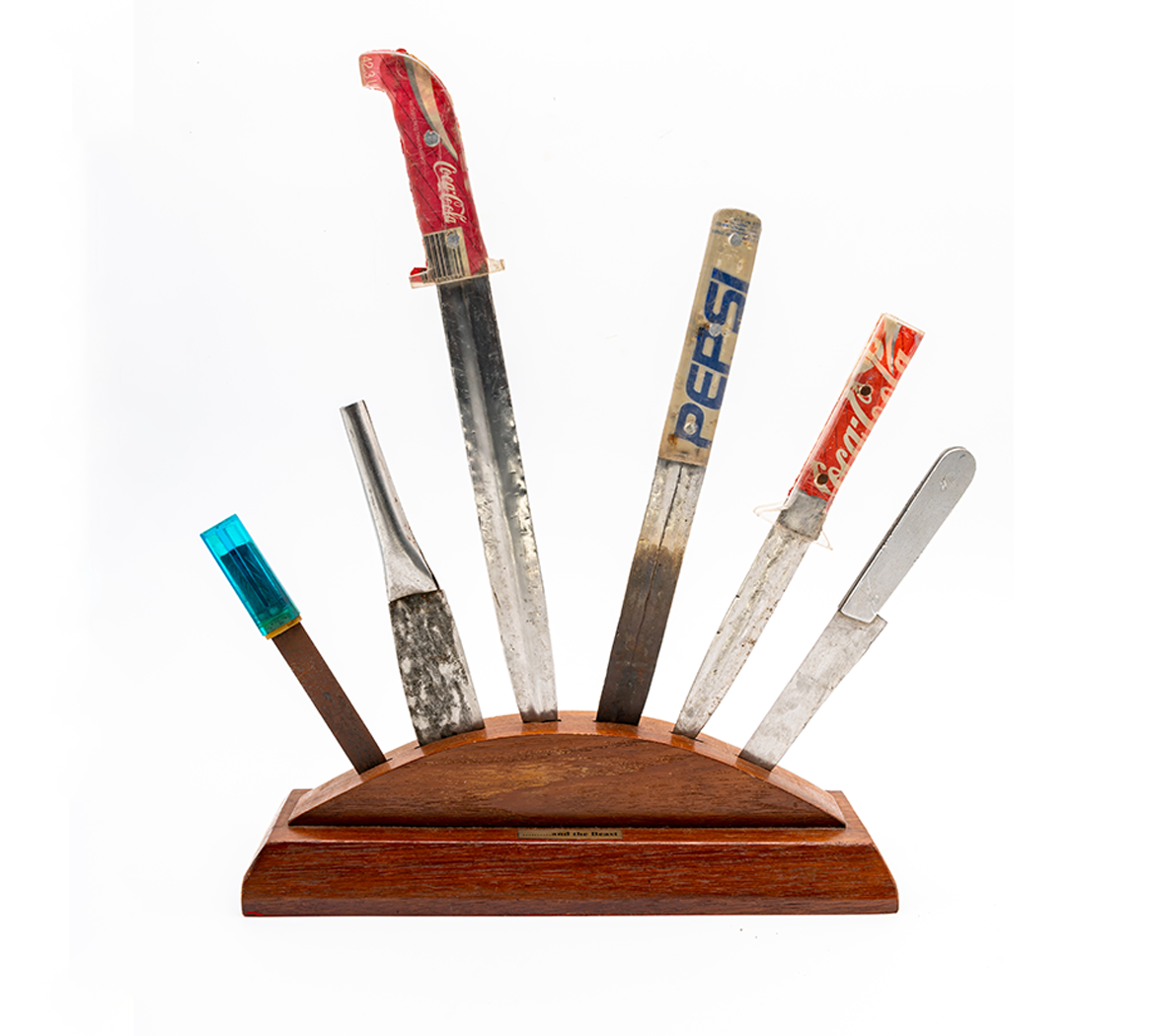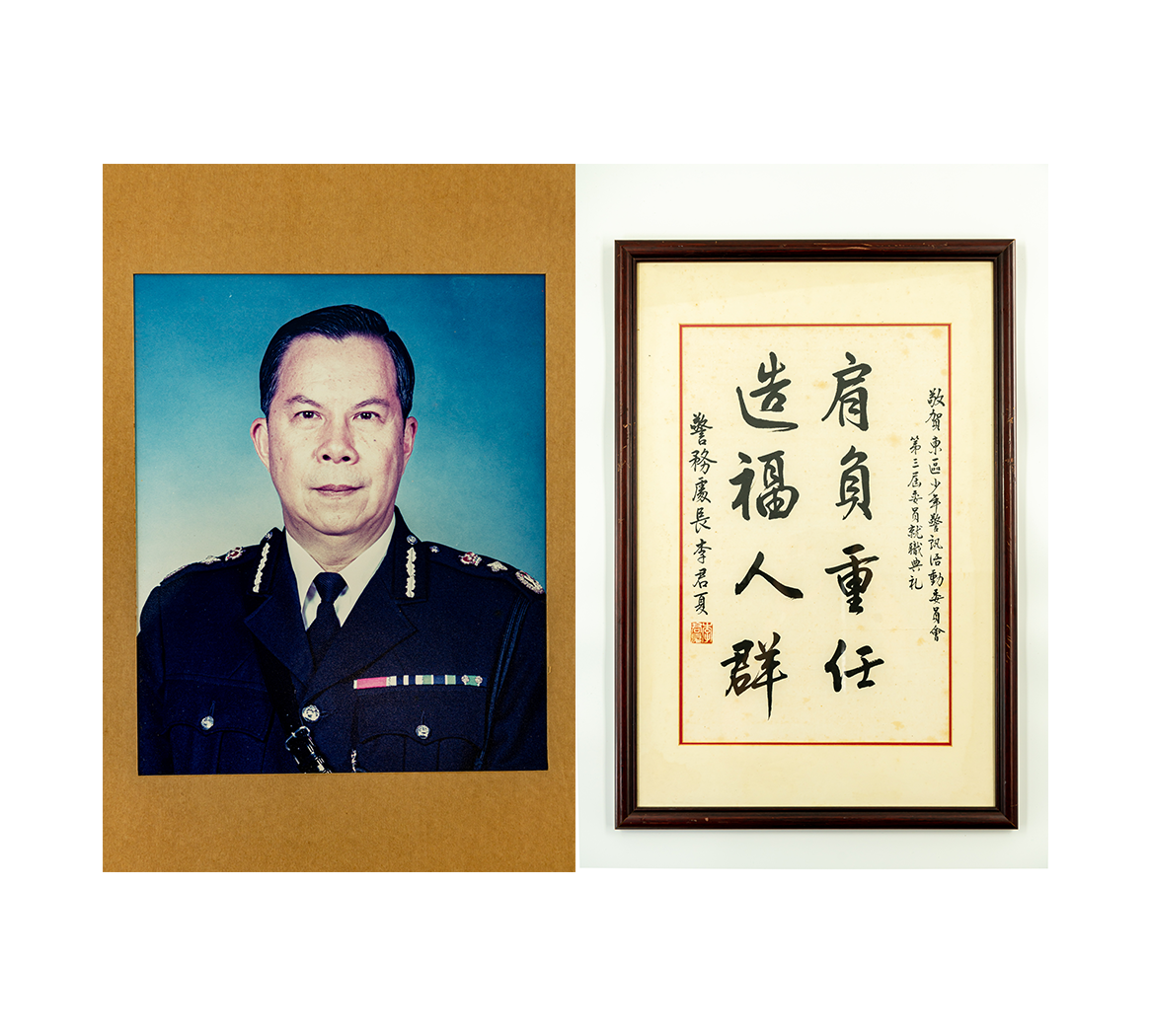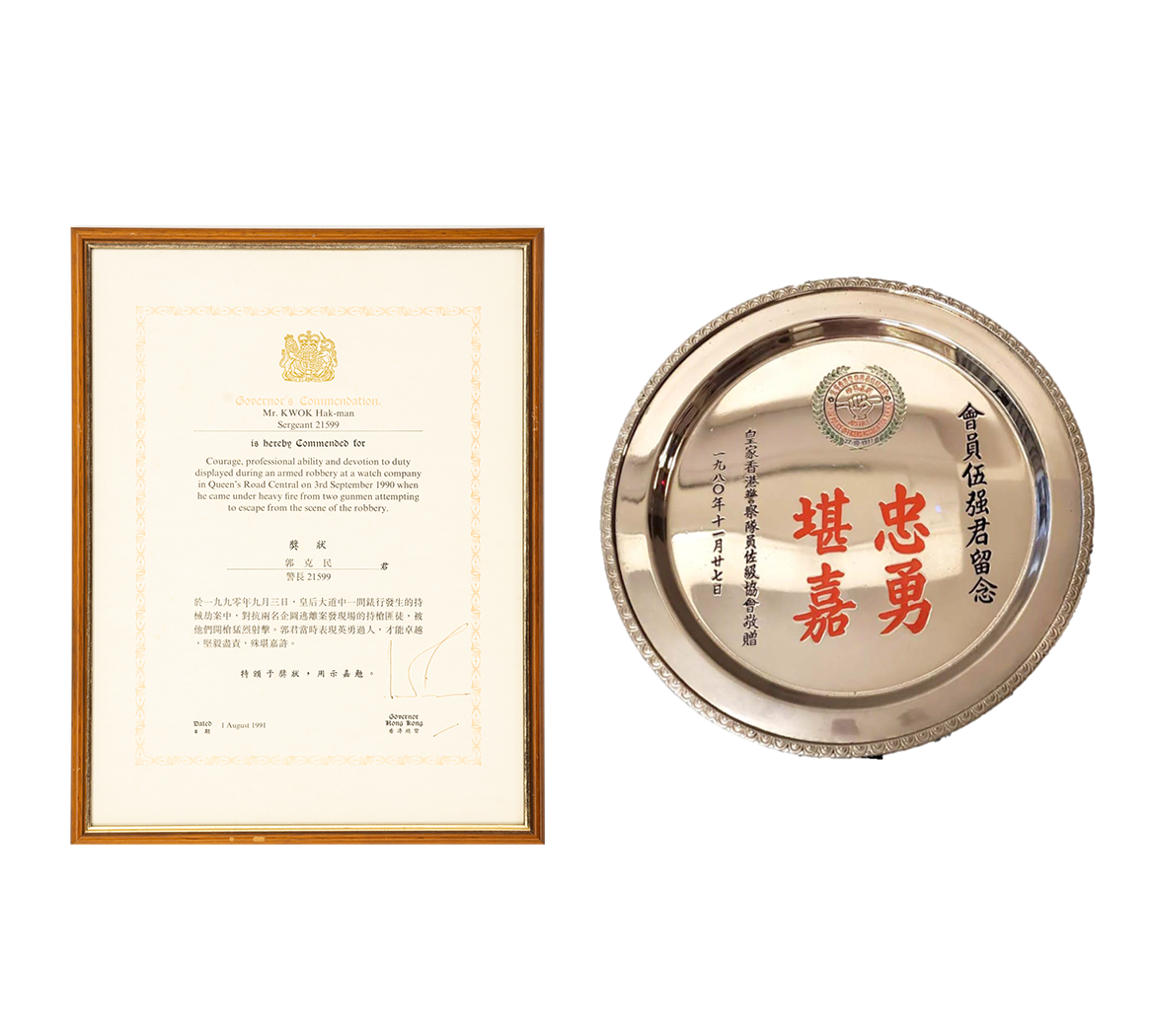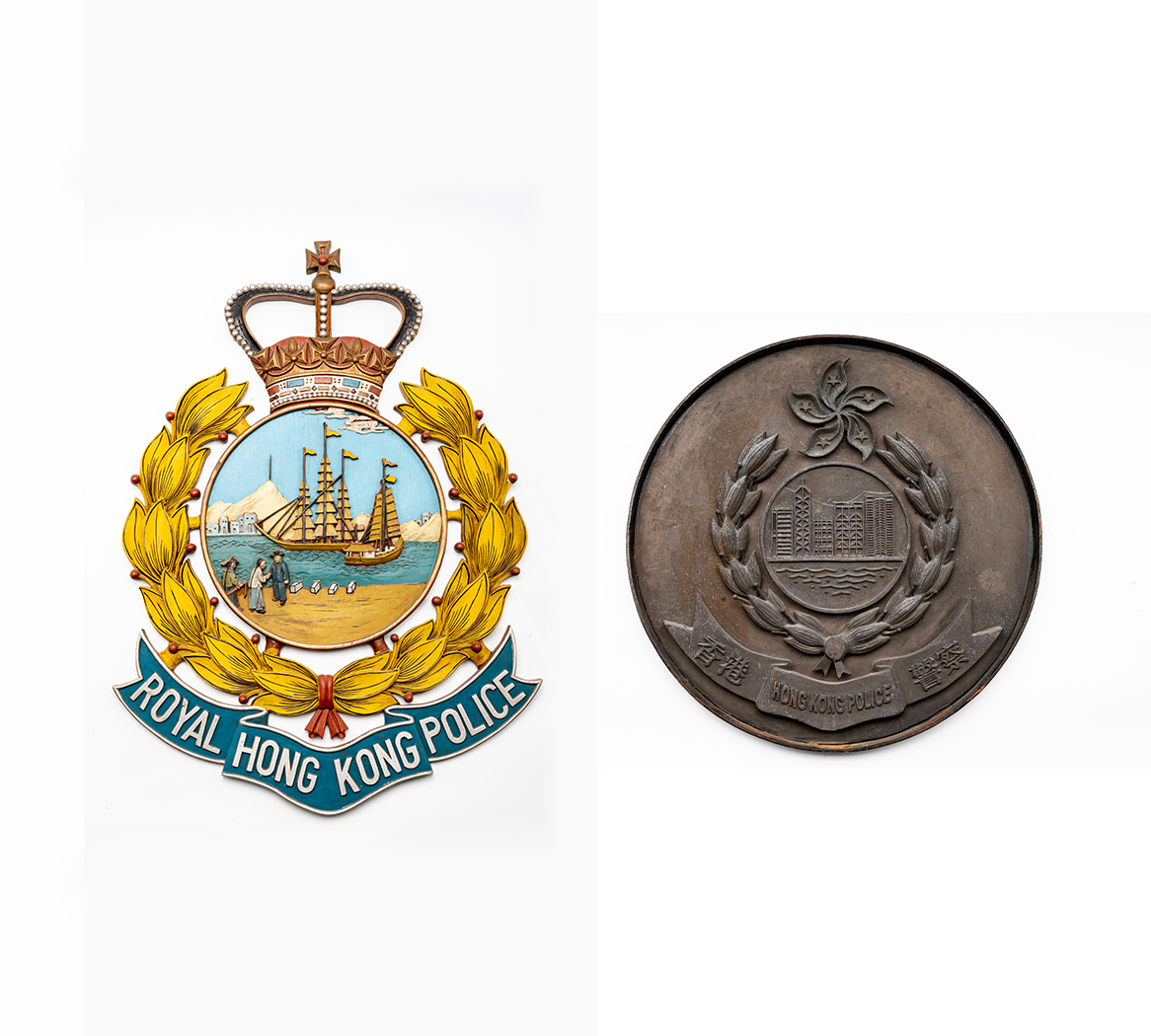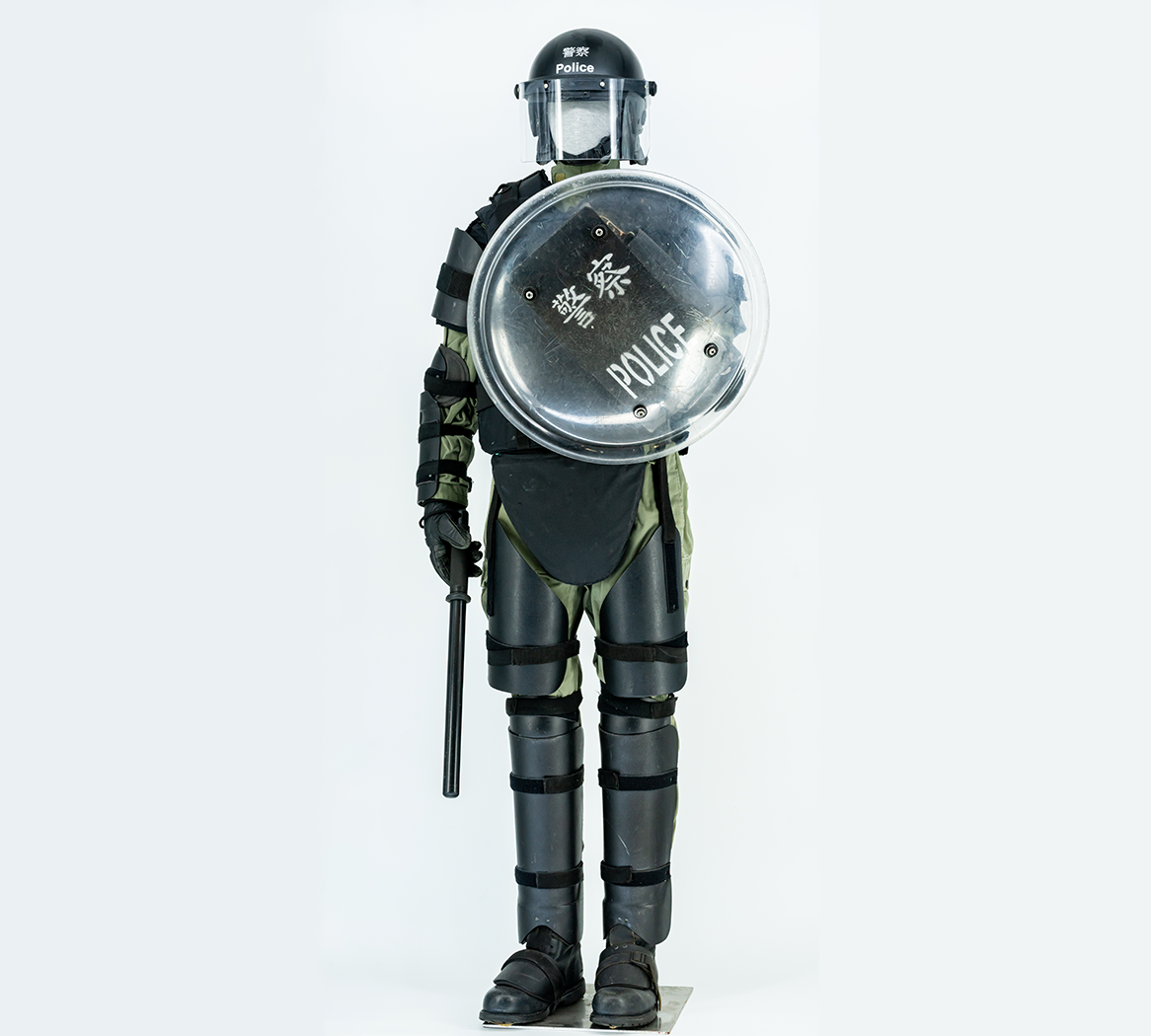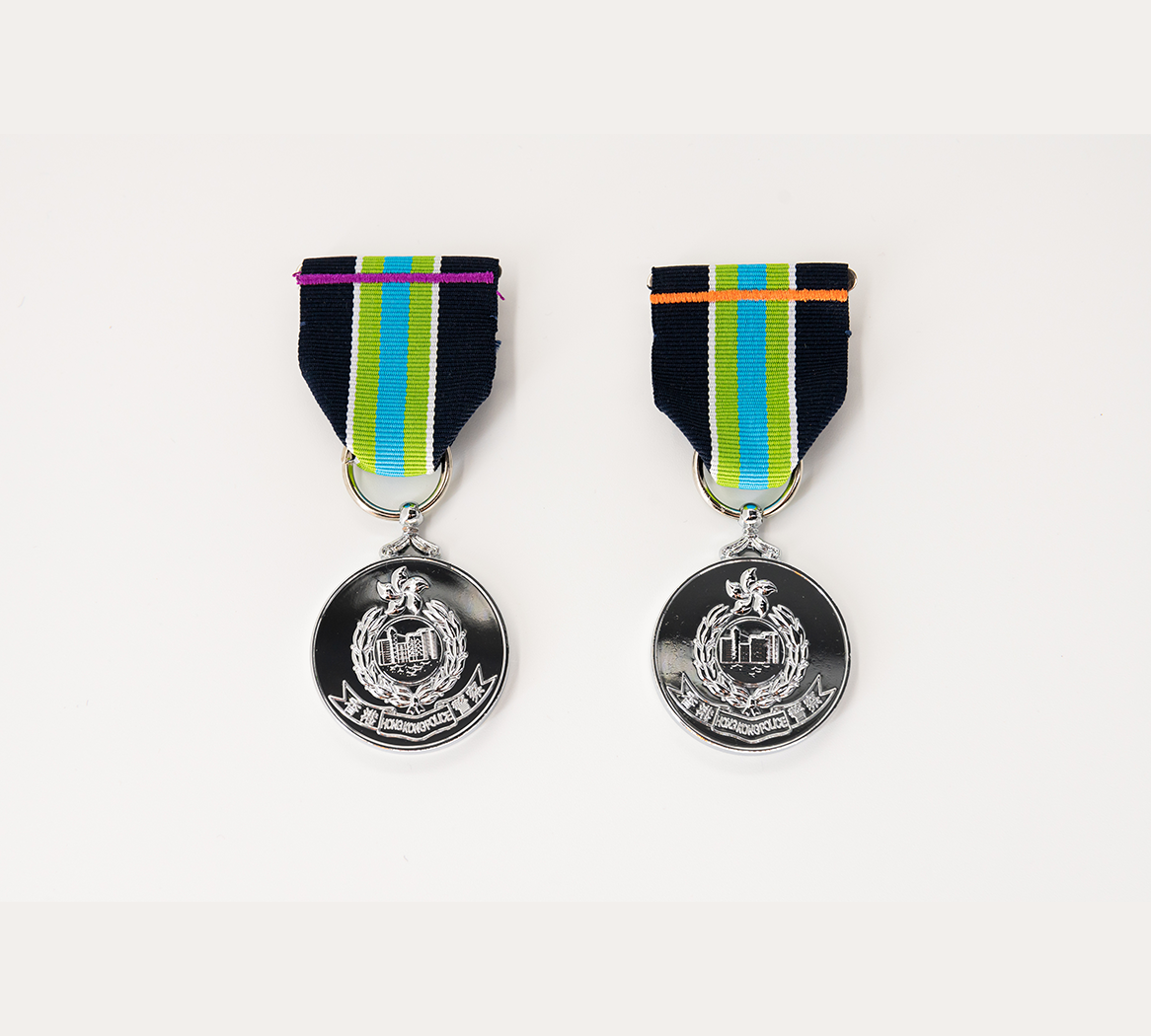Description
In the early days of Hong Kong, tigers were often found in the New Territories. Tiger hunting was one of the police duties.
At the time, most villagers in the New Territories were reluctant to communicate with foreigners, not to mention foreign police officers. To promote relations with villagers in the New Territories, the government often sent police officers to hunt and kill wild animals that threatened villagers’ safety.
On 8 March 1915, villagers reported at Sheung Shui Police Station that a tiger had been found on a hill near Lung Yeuk Tau. Whilst Police Constables Goucher and Hollands were on the way for investigation, a tiger pounced on them. Goucher was mauled and taken to hospital. He passed away four days later. The tiger attack was a matter of great concern to the Force’s senior management. The case was handed over to Donald Burlingham, the then New Territories Commander.
The following day, Burlingham led a dozen officers armed with shotguns and patrol pistols, together with villagers armed with farming tools and sticks, to hunt the tiger. The tiger of Sheung Shui was fierce and had a history of killing people. When it was found, it fought with all its might. Indian Police Constable Ruttan Singh was mauled by the tiger and died in the line of duty at the scene. Surrounded by the police officers and villagers, the tiger was eventually shot in the head and killed.
The head of the tiger, which was made into a trophy, was displayed in the old City Hall in Central until its demolition in 1933. The tiger’s head specimen was then returned to the Force and hung inside the then Police Headquarters Building (later known as the Central Police Station, and the revitalised “Tai Kwun” nowadays). In 1988, it was sent to the Police Museum for permanent collection. The bullet mark of the fatal shot is still clearly visible in the top centre of the specimen.

